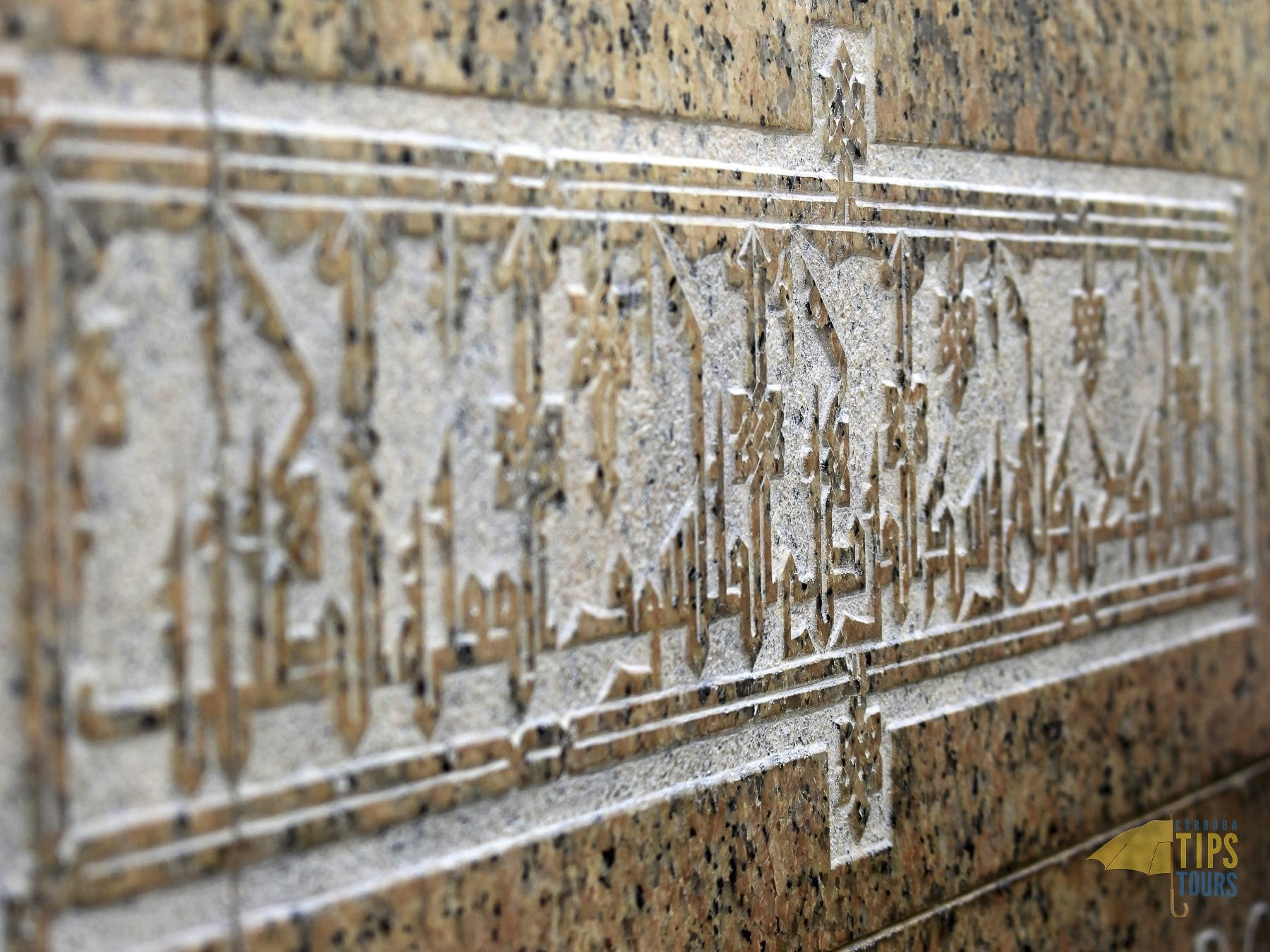
If you have thought about spending a few days in Cordoba, you cannot go to the city without having visited the Jewish quarter. This neighborhood was the sector of life of the Jewish community from the thirteenth century, with the Christian conquest of the city by Fernando III the Saint, until the end of the fifteenth century, with the expulsion of the Sephardic population by Isabella and Fernando, the Catholic Monarchs. Later, Alfonso X el Sabio authorized this community to go through other neighborhoods, reaching the current area of the Mosque. In 1478, the politic Francisco Valdés moved to the place known as the old Alcazar neighborhood, that is, where the Caliphate Alcazar used to be in the Muslim period. Occupying some of the main streets of the historic center of the city, this neighborhood is a Unesco Heritage since 1994, it is also registered in the Spanish Jewish Network, along with that of Seville, Cáceres or Toledo, among others. Within it, we can visit several places of interest, in the main street of the neighborhood, in the Jewish street. In the first place, we find the Casa Andalusí. This building is a house-museum that, through the senses, is intended to show the Arab past of the city. Very close to this building is the Sefarad House, house-museum and cultural center, dedicated to the culture, history and Sephardic tradition. Divided into nine rooms, we can find information about daily life, women, music or the biography of Maimonides. Next, we can visit the Cordoba Synagogue. Built in 1315 by the architect Isaaq Moheb, after the expulsion of the Jews in 1492 it was destined to be a hospital and, later, a chapel. In the XIX century it became a nursery, until in 1884 Rafael Romero Barros, father of the painter Julio Romero, discovered the remains of the Hebrew script that decorates the walls of the prayer room. From there, it has been named an Asset of Cultural Interest. It is structured in a hall, in a box where women and children under twelve years old were placed, and the prayer room, richly decorated with plasterwork. A few meters further on, through some small arches, you can access the Municipal Souk. The souks are the traditional markets of the Islamic world. However, this point was never a souk in the Andalusian era, but its origin was found in 1956, when the mayor Cruz Conde decided to reform a manor house in the Jewish Quarter as a market in which to sell the traditional crafts of Cordoba, such as guadamecíes, cordobanes or Cordovan filigree. It was formerly known as the Casa de las Bulas, since it was there that those papal permits were purchased in relation to God's forgiveness. Another of the most interesting points is the Plaza Tiberiades, where we can visit the sculpture of Maimonides. Philosopher, theologian and doctor of Jewish religion, he was born in Cordoba in 1135. He suffered persecution of Almohad politics, which did not allow other religions except Islam. This led him to exile to Egypt, first to Alexandria and then to Cairo, where he would pass away. He was buried in Tiberias, becoming a place of pilgrimage within the Jewish culture. Attached to this small square, we find the Plaza Maimónides, where the Bullfighting Museum of the city is located, where we can visit, besides heritage linked to the world of the bullfighting. Close to all these monuments, there is the Mudejar chapel of San Bartolomé. The term Mudejar refers to both the Muslim who lived in Christian territory and the artistic style within Christian buildings with Muslim elements. Thus, this chapel, despite having Christian worship, has a mainly Arabic decoration. Apart from all these monuments, you can visit different streets, such as Calleja de las Flores (Flowers Alley) or Calleja del Pañuelo (Handkerchief Alley), as well as various shops, traditional bazaars, tearooms or traditional Cordoba restaurants. With all this, you can see that visiting the Jewish quarter is a good plan to do if you travel to Córdoba. If you want to get to know this neighborhood from the hand of expert guides, do not hesitate to contact the boys of the yellow umbrella to join their free tours, both the one in Historical District Tour (Puerta de Almodóvar at 11:00) and Legends of the Jewish Quarter tour (Puerta de Almodóvar at 19:00). Remember that all our tours need a previous reservation, which can be done through the web https://cordobafreetour.es.